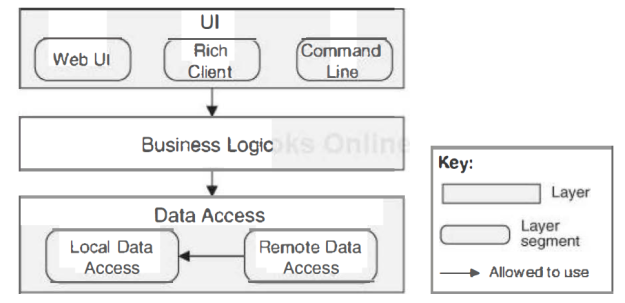The section “Record What You Learn”, found in chapter five in Apprenticeship Patterns by Dave Hoover and Adewale Oshineye, opens with the common saying “Those who do not learn from history are doomed to repeat it”. This section focuses on the practice of keeping some sort of diary to record what you learn throughout your career. Doing so has the benefit of creating a useful resource that can be referred back to at any time. It also has the added advantage of finding like minded individuals by finding common ground in what the both of you have learned. Both authors see these benefits since they also keep records of what they’ve learned. Oshineye uses two instances of the wiki, one public and one private, to share lessons he’s learned with others and give honest feedback to his own progress respectively. Meanwhile, Hoover kept a text file of references and quotes which eventually grew to such a size that he decided to publish it online for others to use. What separates this design pattern from another such as “Share What You Learn” is that “Record What You Learn” focuses on preserving the road you took to mastery so that you or others might learn something new from it.
While I haven’t reached mastery yet, I do generally try to write down what I learn. Admittedly, I partly do so I won’t fall asleep during lectures and I also often don’t go back to older notes. But I still notice some of the benefits like how generally more of the material sticks when I write down notes since I’m paying more attention to the material writing it down. And most of my older notes still exist, either digitally in my hard drive or physically in a stack of note books I keep inside box in the corner of my room. They’re still around and I can access them at any time which is one of the main benefits to “Record What You Learn”. So, when I’m talking to someone and they bring up a concept that I somewhat remember, I can open up my notes and refamiliarize myself.
From the blog CS@Worcester – Rainiery's Blog by rainiery and used with permission of the author. All other rights reserved by the author.

